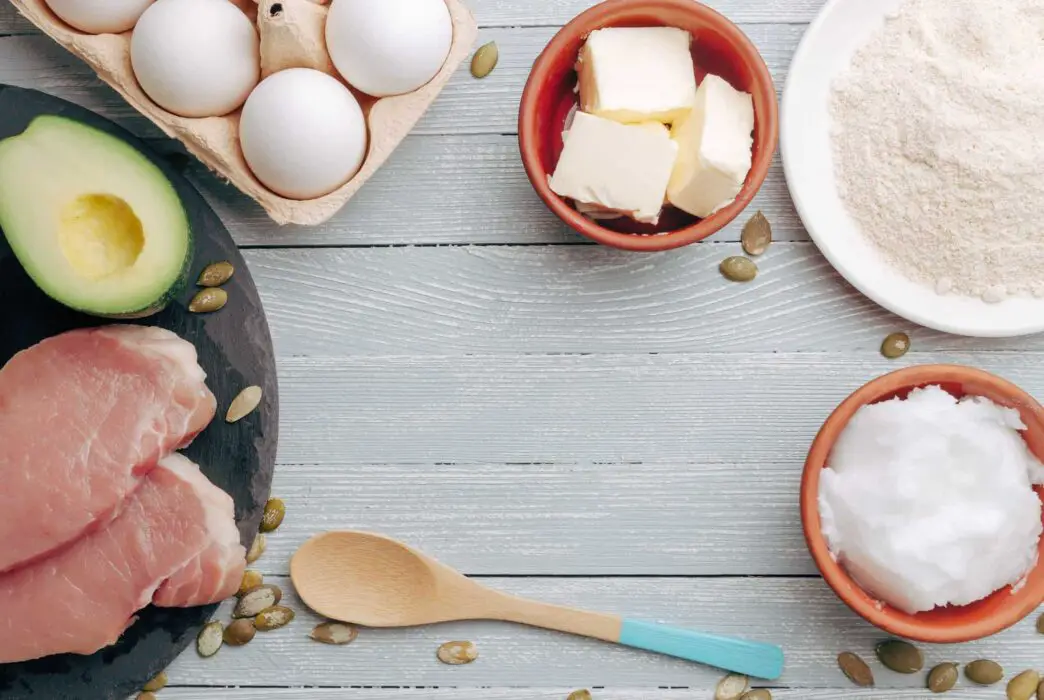If you are wondering how to enter ketosis quickly, then you are probably interested in the keto diet. And for a good reason, it has many health benefits, and it is used all over the world for both healthy weight loss and overall well-being.
The keto diet requires a strict limitation of carbohydrates and a state of ketosis. But some people have many questions about what ketosis is and how to achieve it quickly.
It usually takes 1 to 4 days to enter ketosis if you limit carbs to 10-20 grams per day. However, 9 factors can influence this process. You can start ketosis in any state and reach it in 1 day or 1 week. It is only important to know the details.
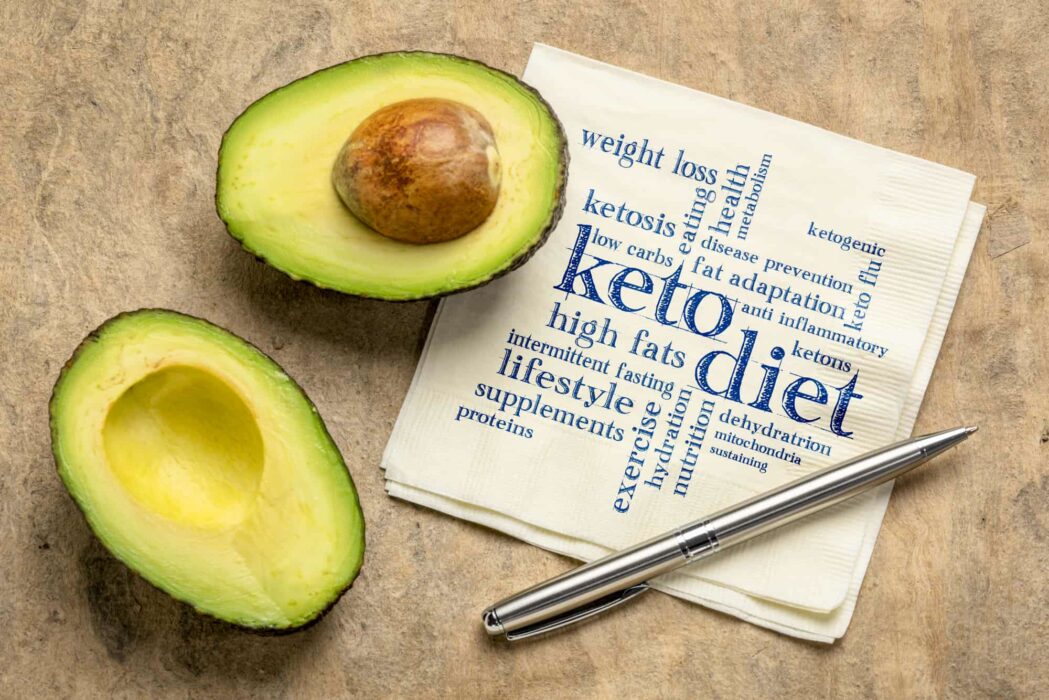
Perhaps you are struggling to reach ketosis and want to know the details? How quickly can ketosis happen? What factors affect achieving ketosis? How to do it quickly and safely? I will give you all the detailed information in this article. Keep reading to find out more!
What is Ketosis?
Ketosis is a special metabolic state in which your body uses fat and fat breakdown products, ketones, as its main source of energy instead of glucose. Glucose is stored in the muscles and liver in the form of glycogen, and it is gradually consumed when the body needs to get energy.
Usually, the accumulated glucose stores last for 12-36 hours, so if you reduce your carbohydrate intake for a few days, your body will use up all of its glycogen stores. The liver will try to make glycogen from low-carb food to supply the brain with the glucose it needs for fuel.
This amount is not enough to satisfy the needs of our brain, which constantly requires energy. Fortunately, there is an alternative energy source that ketosis is opening up to us. In a state of ketosis, the body rapidly produces ketones. The liver makes ketones from food and from our own body fat.
There are three types of ketone bodies:
- 3-beta-hydroxybutyrate
- acetoacetate
- acetone.
In fact, the liver is constantly producing ketones, even if the person does not limit high-carbohydrate foods. It usually happens at night while we sleep, but in very small quantities. However, when glucose and insulin levels decrease due to restricting carbohydrate intake, the liver raises the production of ketones to provide our brain with the energy we need.
As soon as the number of ketones in the blood reaches a certain level, the body goes into a state of nutritional ketosis. Although it is possible to achieve a state of ketosis both during fasting and following a keto diet, only a keto diet can lead to sustainable results. In fact, this is just a healthy way of eating that can be followed for as long as you like.
Does the Brain Need Carbohydrates?
There is a misconception that carbohydrates are essential for normal brain function. If you ask your dietitian about your daily carbohydrate intake, they will most likely say that your brain needs at least 130 grams per day to build up a constant supply of glucose.
However, it is not true. In fact, your brain will remain healthy and function well even if you don’t eat carbohydrates at all. Even though the brain has really high energy requirements, and it is important for it to get a certain amount of glucose, the required supply of fuel in a state of ketosis will provide it with ketones that are formed.
In addition, the liver always retains the ability to produce a small amount of glucose needed by the brain, even under conditions of complete starvation. This process, known as gluconeogenesis (literally “creating new glucose”), can also provide glucose to other systems and organs that need it, such as red blood cells and kidneys.
Such body abilities allowed our ancestors, hunter-gatherers, to live without food for a certain time because they always had access to a source of fuel – stored fat. Being in ketosis has no harmful effect on brain function. On the contrary, many people claim that in this state, their attention and reaction speed increase.
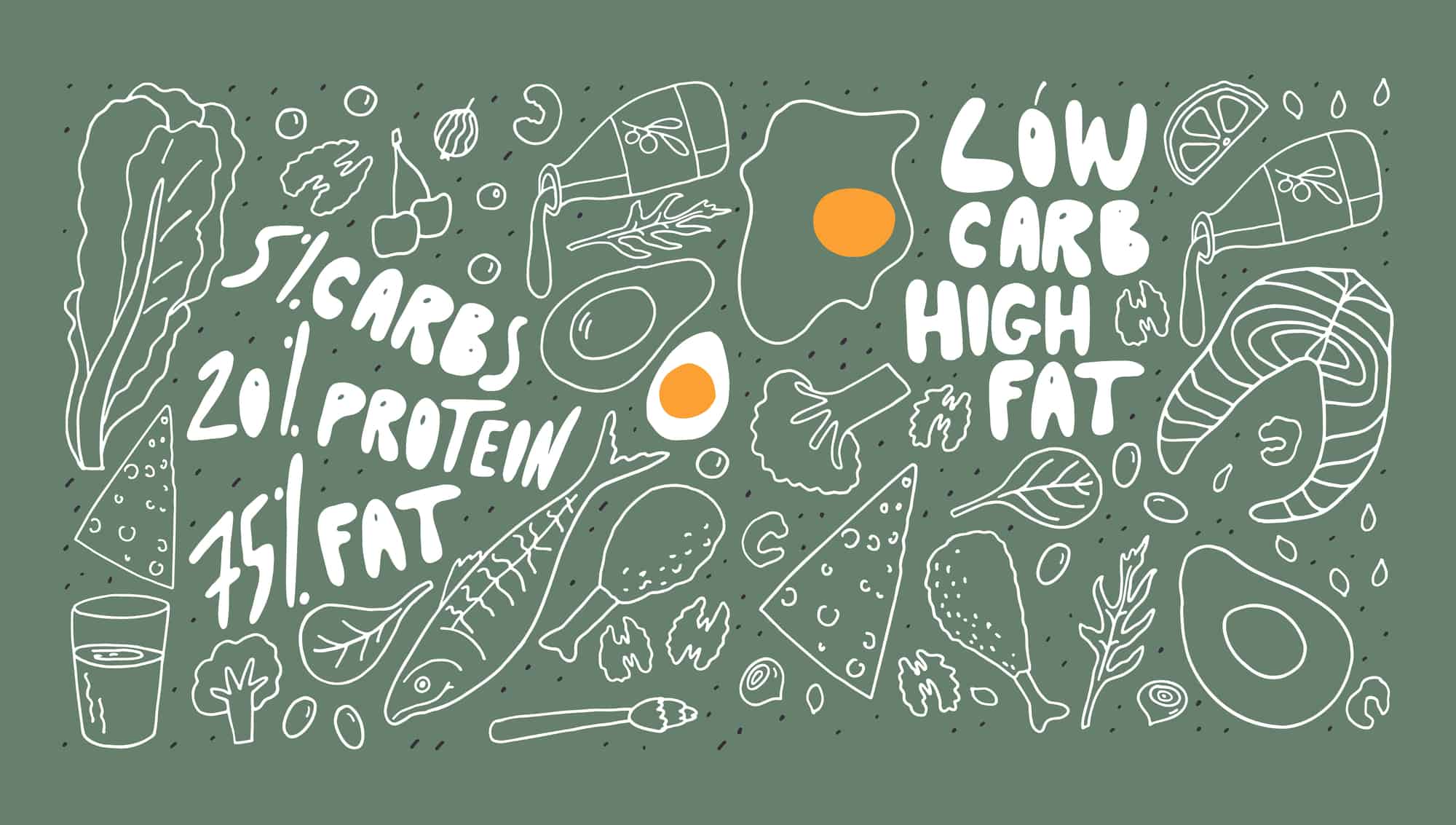
How to Enter Ketosis Quickly?
The rate at which you reach ketosis is influenced by various factors, such as your previous diet, age, weight, exercise activity, and health condition. Some people will need more time to feel ketosis, while others will be able to achieve it in one day. However, there are some tips to help you get it done faster and avoid major mistakes.
Limit Your Carbohydrate Intake
The first and most important step in achieving healthy ketosis is limiting your daily net carbs to 20 grams. I recommend limiting carbs right away rather than slowly lowering them day after day. It will help you get into ketosis faster, and changes will generally be easier and less time-consuming.
Moreover, you need to monitor the quality of your carbohydrates. You cannot eat a slice of bread that contains 20 grams of carbs and avoid veggies. For healthy ketosis, it is important that foods containing carbohydrates do not cause blood insulin spikes. Therefore, green leafy vegetables, some fruits, and berries are acceptable on the keto diet.
I recommend that you add vegetables and fruits after your keto-adaptation period when your ketosis is stable. If you want to reach ketosis quickly, limit your carbohydrate source to only green, leafy vegetables such as spinach or asparagus.
Do NOT Limit Your Fat Intake
All the usual diets of the last century were built on limiting fat intake. Therefore, we are probably used to choosing fat-free yogurts and avoiding butter, bacon, and fatty cheese. Do not be afraid of fatty foods. Fat does not lead to weight gain! The most important source of energy on a keto diet is fat, namely, your fat reserves. You must teach the body to work on this energy source, so your daily percentage of fat from the total calorie level should be at least 75%, preferably all 80%.
How Long Does It Take to Lose 50 Pounds on Keto?
Eating enough healthy fats while limiting carbohydrates will help your body switch to fat burning. The fat will be converted into ketones, which will be used as an energy source. If you’re feeling hungry while on a keto diet, you should add more fat to your nutrition. Some of the best types of keto fats are coconut oil, avocado oil, olive oil, ghee, and others.
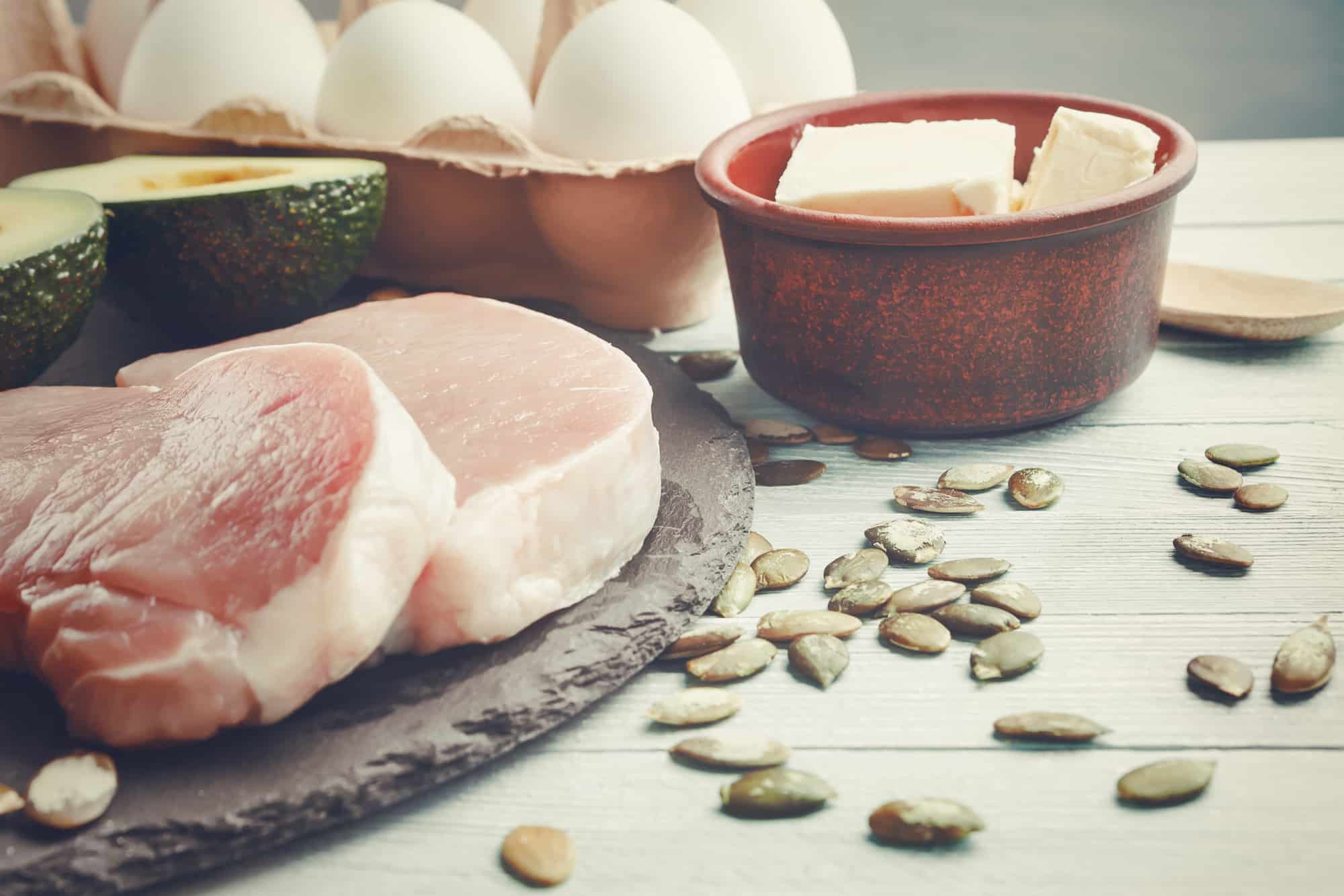 Limit Your Protein Intake
Limit Your Protein Intake
While it is important for any diet to get enough protein to prevent muscle loss, the effect of protein on ketone levels remains open. During digestion, protein is broken down into specific amino acids, which stimulates insulin production as it is needed to transport these amino acids to the muscles. The amount required is small, but the more protein you consume, the more insulin will be produced, which can negatively affect the formation of ketones.
For some people, ketone levels do drop significantly when they allow themselves a little more protein. Others can eat as much protein as they want without affecting their ketosis.
If you want to enter a state of ketosis and eat a lot of protein, but you are worried about possible negative consequences, you can do your own experiment to determine your individual protein intake norm. It may be higher than you think. The standard protein intake is about 0.8-1.2 grams per your ideal weight. And protein should make up 15-20% of your keto diet.
Try Daily Fasting…
As I have mentioned above, you can achieve ketosis by restricting carbohydrates or simply fasting. Of course, eating fatty foods is more comfortable for your body, but you can also try fasting for 24 hours to utilize all the glycogen in your liver and muscles. This way, you can achieve ketosis in one day.
However, I want to draw your attention to the fact that this method is permissible only for people who already have experience in daily fasting. During fasting, drink plenty of water, consume electrolytes, and monitor your well-being. If you feel too hungry or feel dizzy, eat some protein foods seasoned with healthy fats and green leafy vegetables.
Be sure to consult your doctor before trying any type of fasting. Remember that ketosis is part of a healthy eating and lifestyle plan, so you should feel good. Don’t take the risk of reaching ketosis one day earlier.
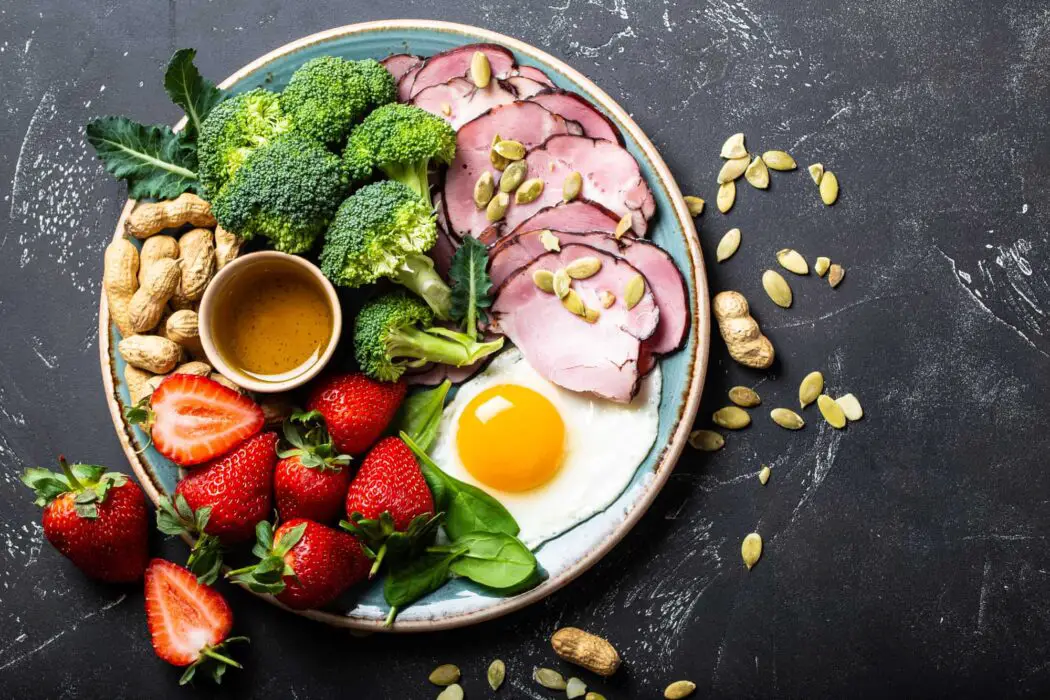 …Or Intermittent Fasting
…Or Intermittent Fasting
If you are not feeling well enough to try daily fasting, you can opt for a milder option. You can find out more details on intermittent fasting in our guide to this system and the most common intervals.
Intermittent fasting can help your body utilize glycogen quicker as you will not rely on the food you eat to support yourself. If you’ve never tried intermittent fasting on a keto diet before, you can try to have breakfast later than usual or skip it. If you feel weak and tired, you can eat something low-carb. However, most people experience skipping one meal quite easily.
Intermittent Fasting 14/10: Lazy Weight Loss Plan
Move More
To reach a state of ketosis, you first need to metabolize glycogen, which is stored in muscle tissue and the liver. In fact, glycogen is always used for your body’s energy needs before it starts breaking down fat for use as an energy source. Of course, you can achieve ketosis without exercise, but if you want to speed up this process, you need to speed up the processing of glycogen in your body.
One way to promote your glycogen utilization is simply moving more, which means you burn more energy. You can either work out in the gym, or just do your favorite exercise, or even go for a walk or jog for a bit.
At first, you may not have the energy or desire for serious physical activity (sports, hard work, etc.). However, even mild yoga or walking at an easy pace can help you reach ketosis faster. After that, the body will switch to an alternative source of energy, and even intense workouts will no longer be a problem.
Control Your Electrolyte Balance
You may feel sick during the first few days of entering ketosis. The main reason for this is usually dehydration or salt deficiency caused by temporarily increased urine production. It is due to the ability of glycogen to retain water in your body. By getting rid of glycogen stores, you get rid of excess fluid and swelling. By the way, it is one of my favorite benefits of the keto diet.
But the disadvantage is that with excess fluid, your body gets rid of beneficial electrolytes – potassium, magnesium, and sodium. To avoid sickness, add more salt or better, drink salty chicken broth, and give the body time to rebuild itself to a new source of energy. For everyone, the transition occurs in different ways and can take from a couple of days to a couple of weeks. Most importantly, do not avoid fatty foods such as butter, olive oil, fatty fish, etc. Later, I will tell you about the supplements I use during my keto-adaptation.
Try MCT Oil
Sometimes you can use MCT oil to speed up ketosis and help your body produce ketones. MCTs (Medium Chain Triglycerides) aid in ketone production and are very easily absorbed for instant energy. MCTs are found in coconut oil and, to a lesser extent, animal fats, but you can buy MCT oil in its pure form in either MCT powder or MCT oil.
I want to draw your attention to the fact that MCT oil will not lead you to ketosis without the rest of this plan. You still need to cut carbs, add healthy fats, and maintain a keto ratio. MCT oil will only help speed up the production of ketones, but it is not at all a must.
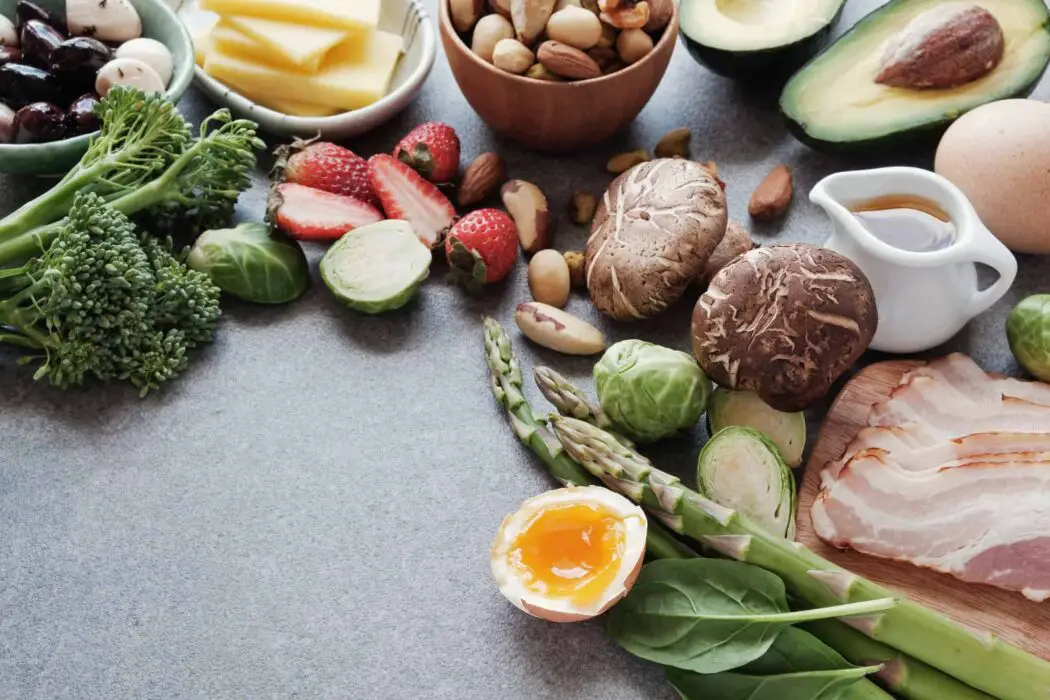 Get Enough Sleep
Get Enough Sleep
You need to have a high-quality sleep. Yes, I know that every source tells about it. But healthy sleep is really important to keep stress hormones in check, and here’s the research that backs this up. Elevated stress hormones, in turn, increase blood sugar levels, reducing ketosis and weight loss. It also makes it harder for you to stick to a keto diet and resist the temptation to eat junk food if you’re constantly under stress from lack of sleep.
Come up with a healthy sleep routine:
- do not overeat before bed
- try to go to bed at the same time (preferably before midnight)
- sleep in a well-ventilated room
- eliminate irritants (light, sounds)
- do not use gadgets an hour before bedtime.
This way, you will lower your stress hormone, and your insulin levels will not spike for no reason.
How to Understand That You Are in Ketosis?
There are several signs that you are in ketosis, although the undeniable way to test this is to measure the number of ketones using urine, blood, or breath tests. The most common symptoms are:
- Dry or metallic taste in the mouth. It is because the body gets rid of excess fluid that is retained by glycogen.
- Constant thirst and more frequent urination. It is the result of the previous point. Keep your water and mineral balance in check to prevent dehydration.
- “Keto breath” or “fruit breath,” which is sometimes only noticeable to you. It is the result of the breakdown of fat cells into ketones.
- Feeling tired in the early stages, followed by a rise in strength and energy. It is the keto-adaptation period.
- Decreased appetite and reduced food intake (one of the more pleasant side effects). Thanks to fats, you feel full for longer, and you do not have outbursts of hunger.
How to Measure Ketone Levels?
There are three ways to measure ketone levels. Each has its own pros and cons:
- Test strips for urine analysis. Urine analysis strips are the easiest and cheapest way to test ketosis. It is what most newcomers to the keto diet use. Dip the strip in urine, and after 15 seconds, the color change will show you the number of ketones. A deep purple color corresponds to a high level of ketones. It means that you have entered ketosis.
- Breath analyzers. Breath analyzers are another easy way to measure ketone levels. They are more expensive than test strips but still cheaper than blood glucose meters. In addition, they can be reused. These analyzers alone will not determine the exact amount of ketones, but they show their overall level by color code.
- Ketone glucometers. Ketone glucose meters show the exact current level of ketones in the blood. It is the easiest and most accurate way to measure ketosis levels during a ketogenic diet. They used to be quite expensive, but now there are cheaper test strip options.
Conclusion
How long does it take to get into ketosis? This process will take 1 to 7 days, depending on your previous diet and how physically active you are. When limiting carbohydrates, it is important to give your body enough fuel for normal energy production. You can achieve this by limiting carbohydrates, increasing your fat intake, and getting adequate protein. Also, be sure to consume enough electrolytes.
Should I Count Calories on Keto?
Be patient. Some people reach ketosis quite quickly, while others take some time to do this. Unfortunately, those with high insulin resistance will have to wait for a while. Make a strong dedication to following the keto diet for a month and being more active if possible. Within four weeks, you’ll be in ketosis and enjoy all of its benefits.
